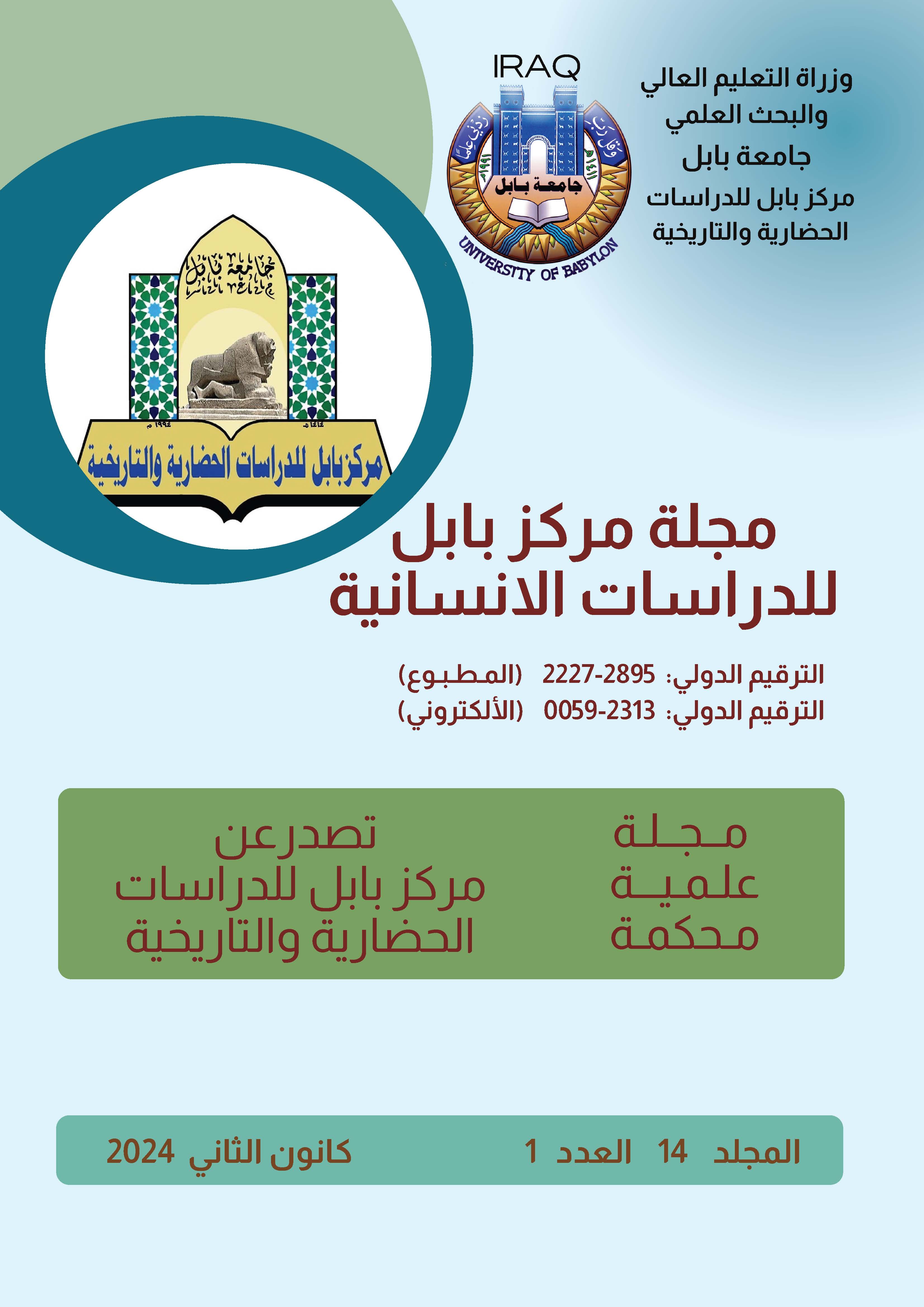The rhetorical question in the novel The Quail and the Autumn by Naguib Mahfouz
Keywords:
interrogative, novel, Naguib Mahfouz, rhetoric, statistics Interrogative, novel ,Najib Mahfouz, rhetorical, statisticalAbstract
The Arabic language is distinguished from all other languages by its multiplicity of methods and diversity of purposes, which makes the speech reach the recipient with the simplest words and the most precise expressions, making it attractive to every person who desires it. One of these methods is the interrogative method, which is considered one of the interesting and wonderful methods in Arabic rhetoric, and it is one of the demanding constructional methods that rhetoricians search for, because of its importance for the speaker to express the feelings and desires he wants that indicate knowledge and his search for the thing hidden within him.
The aesthetics of the interrogative appeared clear in the novels of Naguib Mahfouz, who is considered one of the most prominent Arab writers in the twentieth century, and which constituted a milestone in his artistic production and his treatment of societal issues. Despite the many studies related to the interrogative style, there is no study that dealt with the rhetorical interrogative in novels. Naguib Mahfouz.
Therefore, the study sought, through the descriptive and analytical approach, to study the rhetorical question in the novel The Quail and the Autumn, to shed light on the most prominent aesthetics of the metaphorical question and its analysis, and to demonstrate its use and benefit from it in promoting its idea and communicating it to society.
The study found that the writer was able to employ interrogations in a way that helped him attract the addressee and convey his idea through metaphorical interrogations. The writer here did not intend, by asking these questions, to search for something unknown to him, or a fact that had escaped his mind. Rather, he intended many meanings behind it. It is carried by the general context of the novel, especially since he wrote the novel with symbolic connotations. The picture that the writer revealed is about what happened in Egypt in the 1952 revolution. These questions that he mentioned were about the state of society and the harsh conditions of the country and the emphasis on dealing with reality after the events. The questioning carried within it many purposes. It was divided into exclamation, sarcasm, rebuke, regret, denial, report, bewilderment, and confusion, and many of the purposes mentioned in the novel, and we found in the novel an overlap between these purposes, so there was report with rebuke and report with exclamation. The writer was seeking to achieve his goal in the most appropriate and quickest way to achieve his goal.







